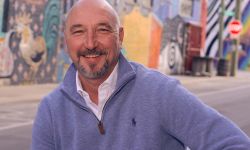In drug-ravaged northern Michigan, there’s money for help. But few counselors
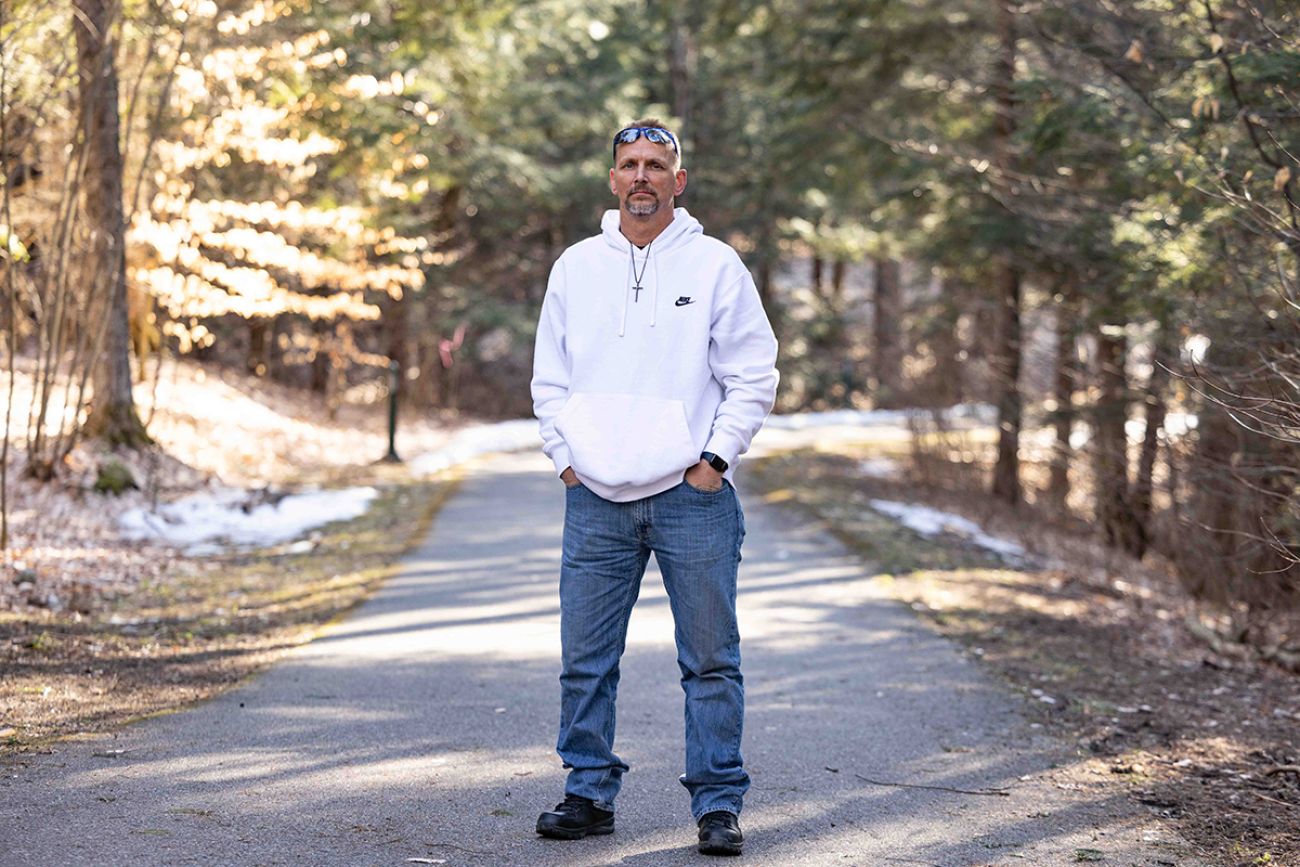

- Michigan is receiving $1.5 billion in opioid settlement funds over 18 years to aid in the drug fight
- Up North, those efforts may be hampered by shortages of workers and housing
- In many counties, officials are still figuring out how best to spend settlement funds
GAYLORD — The phone alarm buzzes at 4 a.m. on weekdays in Brian Warsow’s room at an East Jordan addiction recovery home.
He makes coffee and watches an episode of “Reacher” on TV to help wake up. Then, he embarks on the 52-minute drive to Gaylord for a 6 a.m. meeting with others in recovery from substance abuse.
In these coffee-fueled, early-morning meetings, Warsow doesn't dwell on what he lost during his 14-year battle with addiction — a wife, children, job and his freedom. Instead, he acknowledges how lucky he is to access services to stay sober.
Related:
- Report: Michigan needs coordination, collaboration in spending opioid funds
- Meth makes a comeback in Michigan, even as drug fight focuses on opioids
- Adviser blasts Whitmer aides over handling of Michigan opioid settlement
- Michigan county ‘hit ground running’ with opioid plan. Then came the complaints
- See how much your Michigan community will get in opioid settlement funds
- As opioid deaths mount, Michigan governments sit on millions for intervention
He’s now living temporarily in an addiction recovery home, a commodity as rare as cul-de-sacs in this rural, wooded section of the state. Access to treatment and recovery housing is something the more than 10 friends he’s lost to overdoses didn’t have.
“There are no options here,” he said. “There are never enough services.”
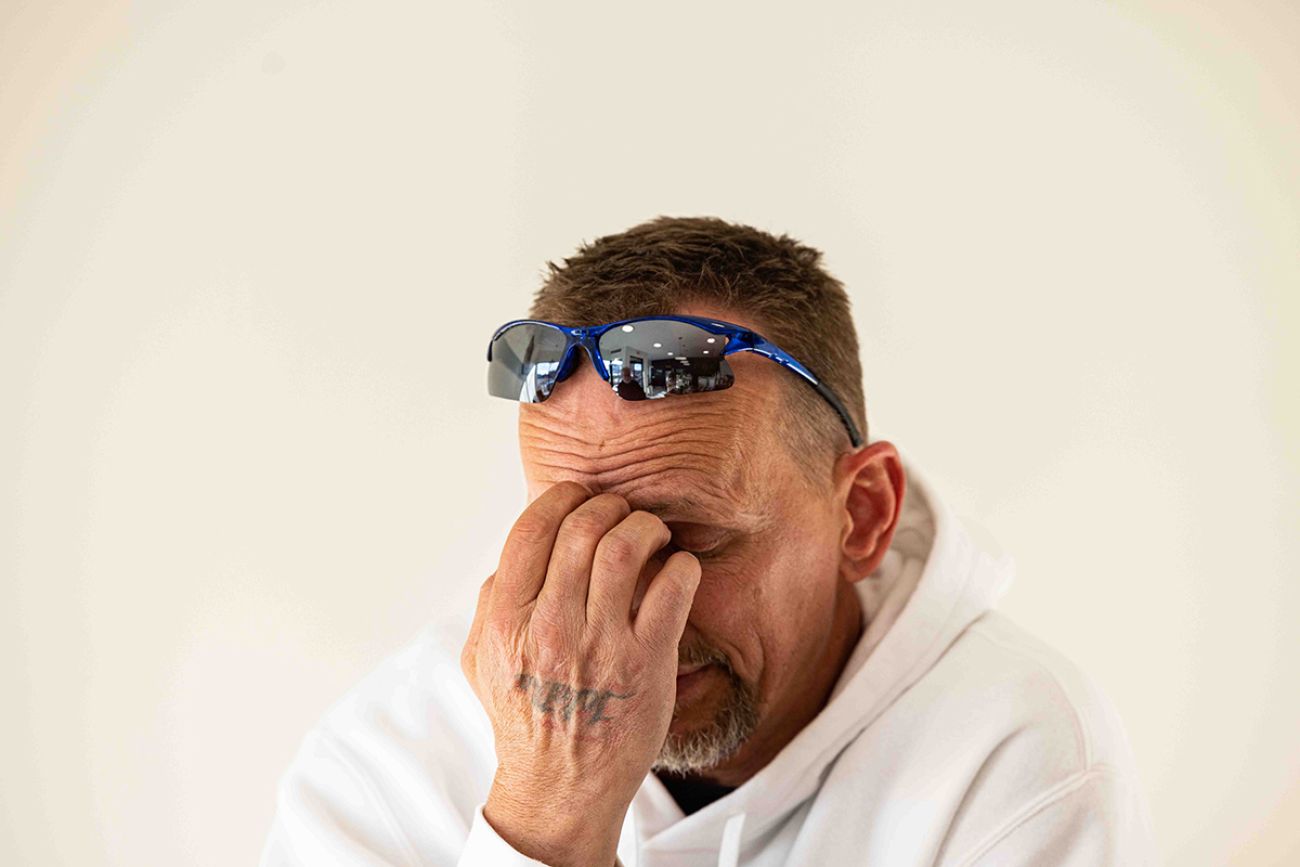
Help is supposed to be on the way, as $1.5 billion is flowing into the state over 18 years to fill gaps in treatment as part of a national settlement with manufacturers, distributors and pharmacies accused of downplaying the risks and ignoring the perils of prescription painkillers, fueling the opioid crisis.
Using those funds efficiently is critical to curb a crisis that killed 3,000 Michigan residents in 2022, more than auto crashes and gun deaths combined.
But a convergence of crises could blunt the impact of that once-in-a-lifetime investment here in northeastern Michigan.
Expanding recovery services is difficult because of the worker shortage vexing the state as a whole, and the region lacks affordable housing for new employees and transitional housing crucial to those new to recovery, community leaders and advocates told Bridge Michigan.
“Waiting lists (for treatment and counseling) is where we lose people,” said Joyce Fetrow, a peer recovery coach and a project associate at the Northern Michigan Opioid Response Consortium. “You’ve got systems that are understaffed and overworked.”
Few treatment options
Northeast Michigan, known for its pristine rivers, lakefront cottages and jack pine forests, has been hit hard by the opioid crisis.
Five counties in the region are in the top quarter of counties in the state in both opioid deaths and overdose emergency room visits per capita, according to data from the Michigan Department of Health and Human Services.
Crawford County, home of Grayling and the “Holy Waters” of the Au Sable River, has the highest rate of drug arrests in the state. Montmorency, where Atlanta is located, has the state’s highest rate of opioid prescriptions.
Crawford, Ogemaw and Roscommon are the top three counties in the state in the amount of opioid settlement funds they’ll receive per capita — each getting more than $100,000 per 1,000 residents — through a formula that ranks counties by need.
More than $181 million in opioid settlement funds are already in the bank accounts of the state, as well as individual counties, cities and townships that will get about half that money.
Most of northeast Michigan is receiving more settlement funds than the state average per capita, but the amounts are still relatively small because of the sparse population.
Totals over 18 years range from $339,000 in Oscoda County to $3.8 million in Ogemaw County.
That money won’t fix overarching problems such as worker and housing shortages that exacerbate the drug crisis, said Mary Catherine Hannah, former Alpena County administrator who in December became administrator of Saginaw County.
“It’s a capacity issue,” Hannah said. “The (opioid) settlement sounds like a lot of money, but who are they going to hire, where are you going to find them, and where are you going to house them?
“In northern Michigan, everyone is spread so thin, you keep coming back to these systemic problems.”
“The (opioid) settlement sounds like a lot of money, but who are they going to hire, where are you going to find them, and where are you going to house them?” — Mary Catherine Hannah, Saginaw County administrator
Those problems are apparent at the Substance Use Disorder Program at Mid-Michigan Community Health Services in Houghton Lake.
The clinic, which provides counseling and medication-assisted treatment for alcohol and drug addiction, opened in 2020 and now has 350 patients from around the region. Three in four come to the clinic with opioids as at least part of their addiction. Almost all of them using fentanyl, an inexpensive, powerful synthetic opioid that has flooded Michigan and is now responsible for the majority of opioid deaths.
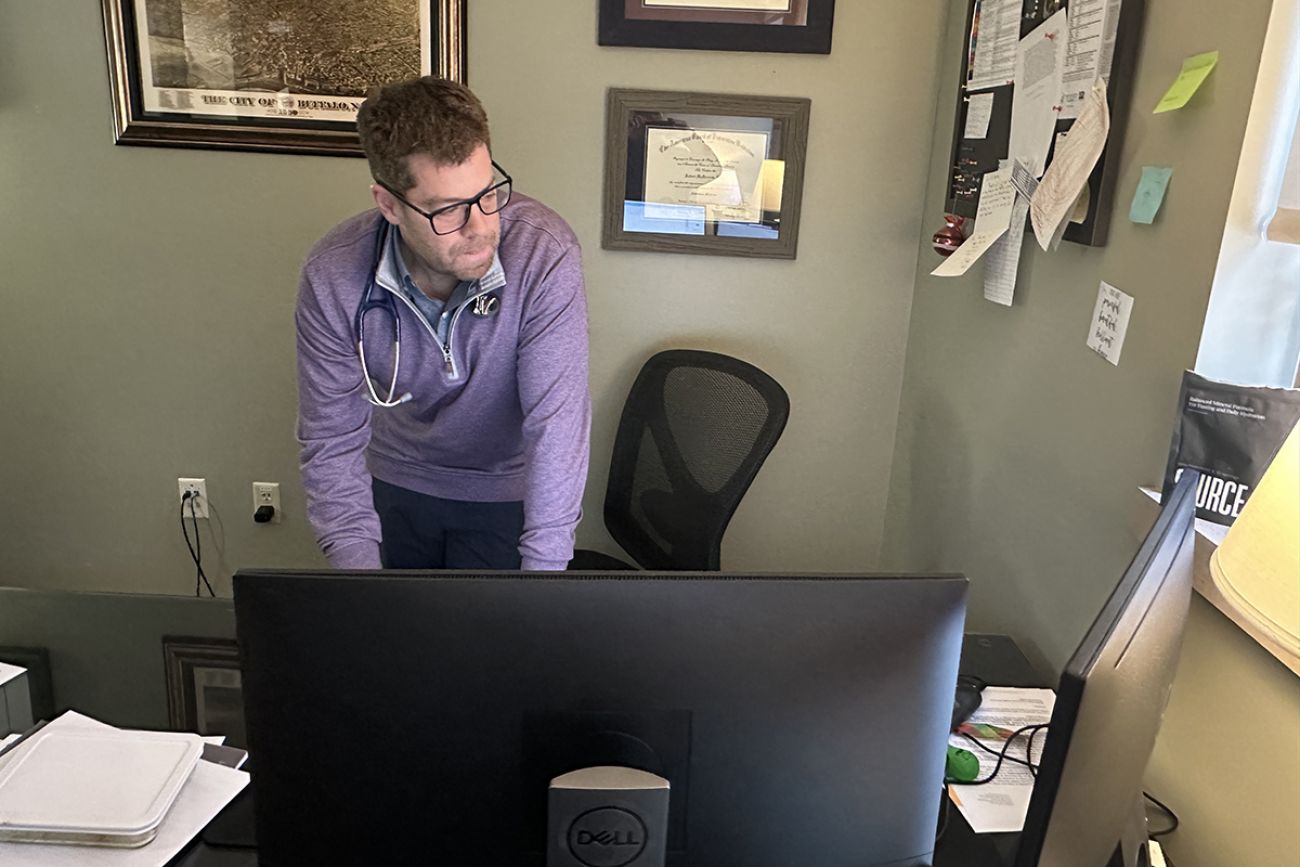
“We’re inundated with calls,” said Dr. Rob McMorrow, an addiction medicine specialist who helped launch the clinic. “We’re in a treatment desert. They (northeast Michigan residents) have been lacking care and struggling (with addiction) for years and not knowing where to go.”
Opioid settlement funds could help expand services, but that only helps if patients can make it to a clinic, McMorrow said. Many of the patients are low-income and lack reliable transportation. A trip to Midland might as well be Paris. “There’s a rehab inpatient facility an hour away? No way,” he said. “A methadone clinic an hour away? Forget about it.”
In two northeast Michigan counties (Presque Isle and Montmorency), at least three quarters of residents live more than 30 miles from the closest substance use disorder treatment facility, according to data from the Michigan Department of Health and Human Services. Another five counties in the region are below the state average of 89% of residents within 30 miles of a clinic.
That’s because, at 4,200 square miles, the region is bigger than Rhode Island and Delaware combined.
But the total number of residents of Oscoda, Montmorency, Alcona, Presque Isle, Crawford, Ogemaw and Roscommon countries could fit into the 107,000-seat Big House at the University of Michigan, with room to spare.
The clinic hasn’t lost any patients in recent months, McMorrow said, but “we had months where it was weekly, easily. We've had dozens of patients pass.”
‘Life-or-death scenario’
McMorrow said he sometimes has trouble sleeping when he recalls addicts who left messages at the clinic looking for help and died before a staff member had time to return the call.
Even when appointments are scheduled, it’s common for clients to not make it to the clinic because of transportation or child-care issues.
“A lot of them can't pay for gas or the one car is being used by a family member with a job,” he said.
Delays in service can be deadly, said Fetrow of the Northern Michigan Opioid Response Consortium, who herself is in long-term recovery.
By the time overworked staff have time to return calls, “they’ve died or they no longer have interest” in treatment, Fetrow said. “If you put someone on a 7-10 day waiting list for in-person treatment, that’s a life-or-death scenario.”
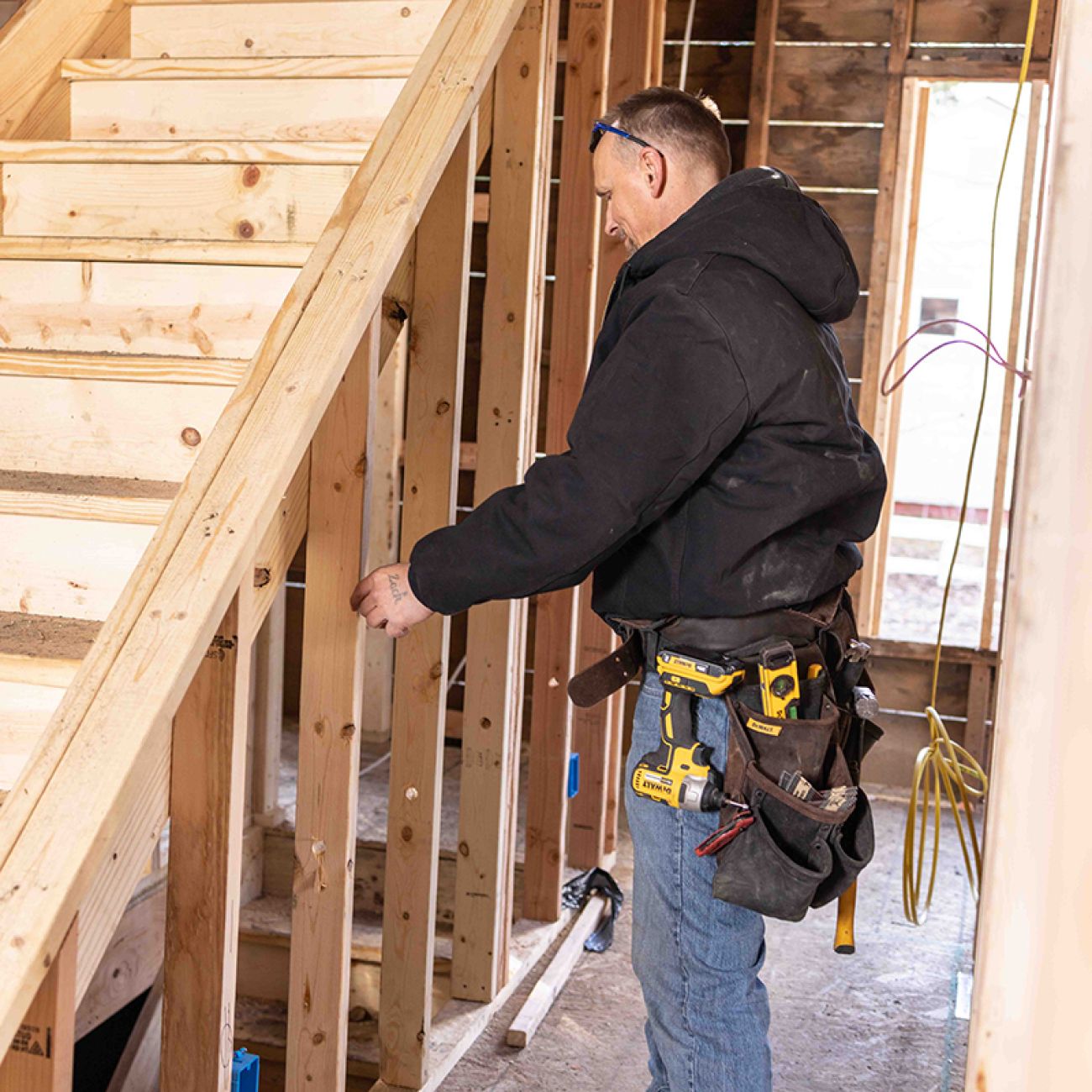
Settlement funds can be used for staffing. But finding staff is a problem in northeast Michigan as it is across the state.
Bridge Michigan spent much of 2023 chronicling the impact of worker deficits, focusing on jobs that, when left vacant, have a ripple effect on communities’ safety and well-being, affecting everything from children’s mental health to highway fatalities.
So far, Michigan has spent more than half a billion dollars in attempts to address those shortages. The impact of that spending may not be known for years, and in some regions of the state, the gaps are harder to fill than others.
Northeast Michigan notably struggles to attract workers because of its isolation from the rest of the state, say community leaders. Alpena is 70 miles from the nearest interstate, for example, and Atlanta residents have a 30-minute drive to the nearest McDonald’s.
One example of the challenge is Sunrise Centre recovery house in Alpena, which offers inpatient services for people recovering from addiction. The facility is raising $6.8 million to expand its capacity for outpatient and detox services, as well as expand in-patient capacity from 41 to 52.
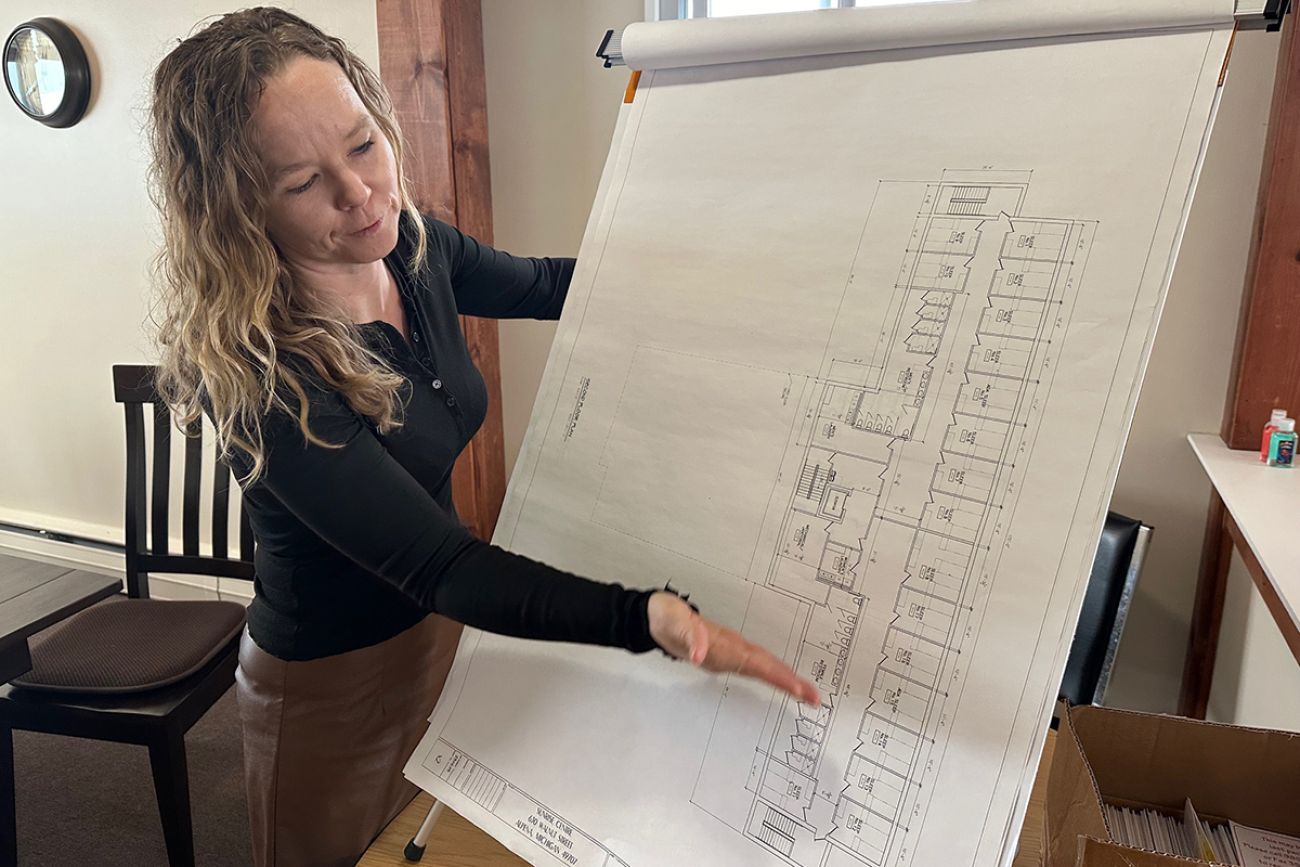
Fundraising is going well, Executive Director Madeline McConnell told Bridge in January, with $5.5 million collected or pledged so far. A tougher challenge, however, is finding workers.
Sunrise is the only in-patient substance use disorder clinic in northeast Michigan, and it is understaffed even before the planned expansion.
If the facility were fully staffed, it would have seven health professionals on its clinical staff, McConnel said. Currently, there are four, and one is an intern.
“We can only provide as much care as we're staffed to provide,” McConnell said. “Every single one of our organizations is understaffed. So if somebody calls and says I need help today in an outpatient setting, it could be two weeks before somebody has access to an appointment.
The treatment facility is advertising for a case manager, which pays $17 to $22 an hour, which is similar to the $17 an hour that Aldi’s grocery store in Alpena pays starting employees.
A substance abuse counselor position at the treatment facility is advertised at a salary of $41,500 to $57,000 a year, and a clinical director at $65,000 to $78,000.
“It's a Catch-22,” McConnell said. “If I increased my wages, I would just be taking from another organization’s licensed provider. So we basically trade people going from one place to another and there are still open spots.”
The worker shortage can have fatal ramifications. Sunrise’s detox center is open five days a week because it doesn’t have the staff to stay open on weekends. If someone calls for help on a Friday night, they can’t be admitted until Monday.
At the nearby My Michigan Health-Alpena Hospital, addicts who come to the emergency room sometimes must be housed there for detox because of the lack of empty beds at Sunrise. And sometimes patients must stay in the E.R., because a worker shortage at the hospital has lowered the medical center’s bed capacity.
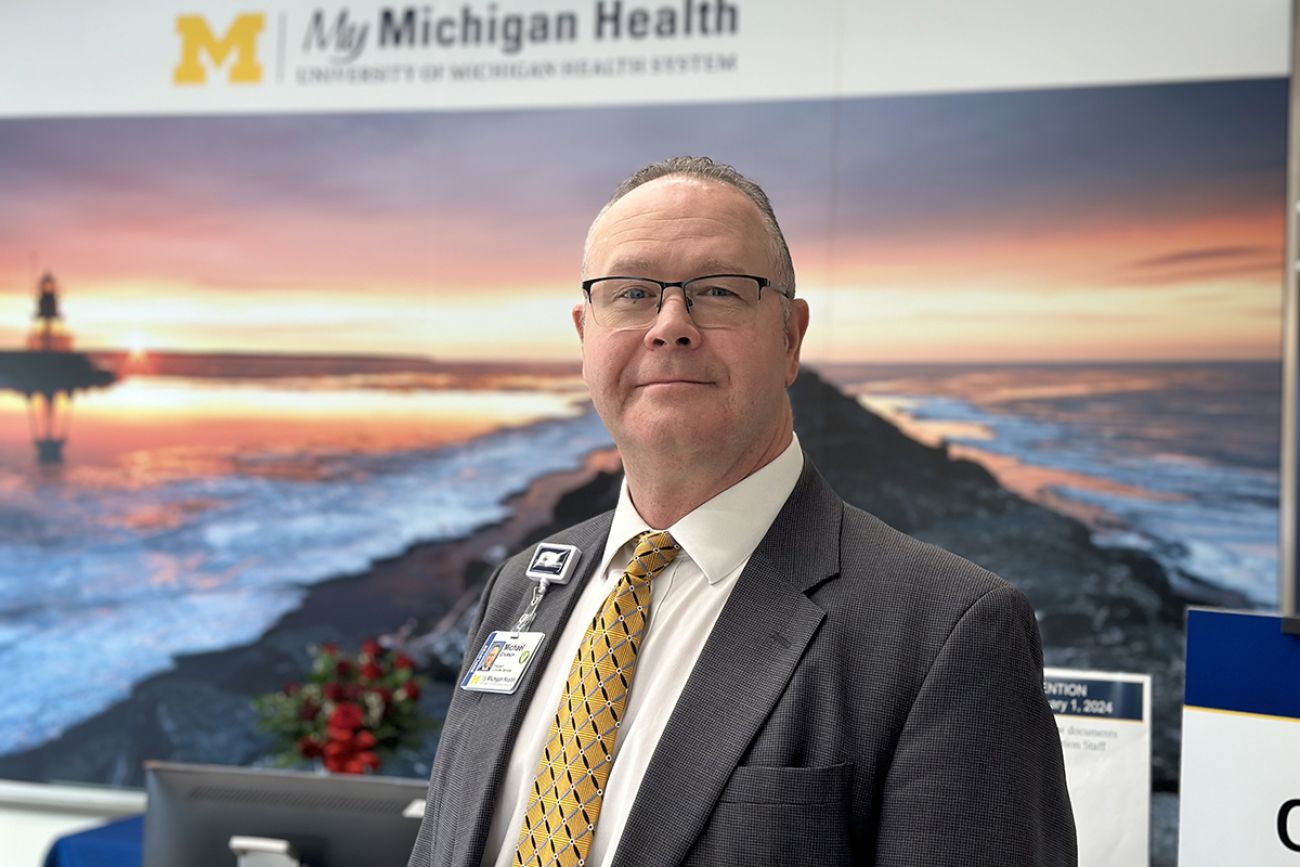
There are currently about 90 job openings at the 950-employee facility. Hospital President Michael Erickson told Bridge one major reason for the shortage at the medical center, as well as businesses throughout the community, is a lack of affordable housing.
“We had a physical therapist who flat out turned down the job and left (after) he started because he couldn't find anywhere to live,” Erickson said.
Michigan had a shortage of about 87,000 housing units in 2022, according to a study by Up for Growth, a national affordable housing advocacy group. That same study found that the fastest-growing shortages were in U.S. small towns, similar to those found in northeast Michgian.
A 2023 study in Alpena warned that the 10,000-resident community had a shortage of 284 housing units, hobbling “the local economy, school district and labor force as the area will struggle to attract … permanent residents.”
At Alpena County Drug Court, Judge Alan Curtis said lack of housing is a huge issue for those trying to become sober. “It’s tough, we don’t have enough beds,” Curtis said. “And no one wants a sober living house next door.”

Sunrise Centre’s McConnell said she’s thankful for opioid settlement funds that are coming into Michigan communities, but “it’s not enough money” to address the shortages of workers and affordable housing that are choke points in recovery.
“It's not just a problem for our population, it's a problem for professionals that are working in the area that can't find anywhere to live or that want to come here and can't find anywhere to live,” McConnell said.
For those in recovery, the problem of housing is especially acute.
“How can we expect somebody to prioritize and sustain their sobriety when they're homeless, they have no transportation, they can't get a job because they're homeless and don't have an address to put down (on an application)? It’s a terrible situation to be in.”
Lucky to survive
Those challenges are familiar to Warsow, the Gaylord man who lost everything he loved while addicted to opioids.
In 2008, Warsow was 31 years old, newly married, with a steady job working construction. He injured his knee playing basketball, and after surgery, he was prescribed Vicodin, a synthetic opioid pain reliever.
When the pain lingered, doctors prescribed more Vicodin. The more he took, “the more your body wants it,” Warsow recalled.
“I’d never done drugs before that,” Warsow said. “I didn’t even like beer.”
But after the opioids prescribed for his knee injury developed into an addiction, “I started going to different doctors and getting prescriptions from every doctor I could,” he said. “When that wasn’t enough, I went out and I was buying them from the street hustlers out there.”
Warsow divorced. He lost custody of his children. Always a hard worker as an independent contractor, he began taking construction jobs, getting paid up-front, then spending the money on drugs without completing the jobs.
“I was spending more time looking for drugs than working,” he said.
Warsow sobered up while serving time in Macomb County Jail for larceny for taking money for construction jobs he didn’t complete.
An app on his phone reminds him how long he’s been sober. The day he spoke to Bridge, he’d been drug-free for two years, one month and 12 days.
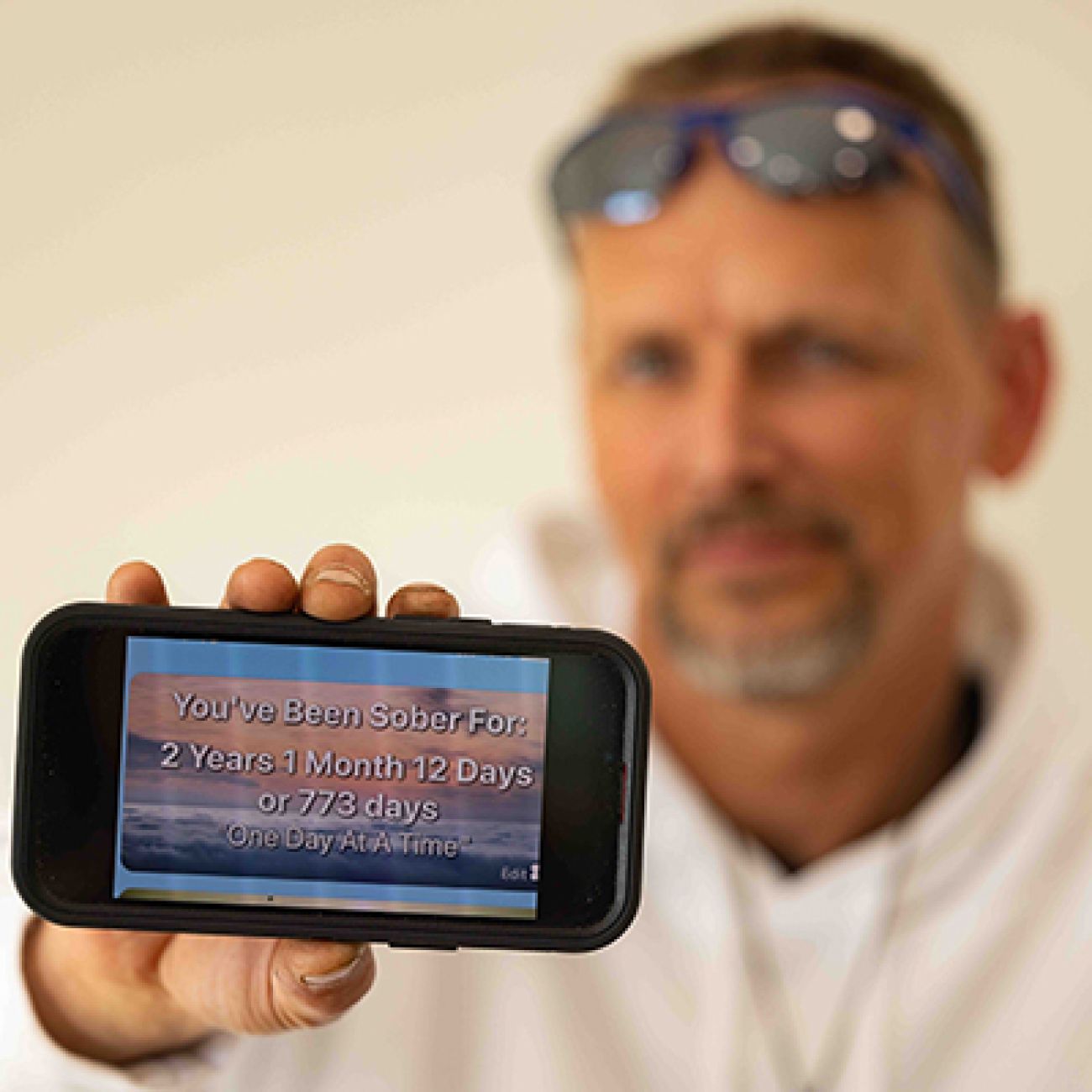
He now has a steady job working as a construction worker building new homes near Gaylord. Last month, his credit rating inched high enough to qualify for a loan for a new car, a white Ford Fusion.
Now trained as a peer recovery coach, Warsow gets calls frequently from people he knew while he was using, asking how he managed to get sober. He said he’s known addicts who commit crimes so they’ll be sent to jail, where they can go through withdrawal and access drug treatment.
“Jail’s the best option sometimes,” Warsow said. “People don’t have avenues to turn,” he said. “Unless you’re already in recovery, you don’t know about it. You just know where to get more drugs.”
County commissioners who control the spending of settlement funds are trying hard to figure out how to save the most lives with the unparalleled windfall, said Hannah, the former longtime Alpena County administrator, but the breadth of the problem can be “paralyzing.”
“It’s such a big weaving, and you have this one little thread you’re trying to pull out,” Hannah said, “and you don’t know how it impacts the whole thing and you know it won’t ever address everything.”
Someday soon, Warsow will face his own challenge: finding a home of his own once he leaves his recovery house, in a region with a housing market tight enough that landlords can pick and choose their tenants.
A guy with a rap sheet of drug convictions isn’t going to be first on their list, Warsow says.
Opioid settlement funds won’t fix that. Still, Warsow exudes confidence.
“All these positive things are going on in my life now, and I won't change that,” he said. “I’m a late bloomer, but I realize now there's more to life than hunting drugs.”
See what new members are saying about why they donated to Bridge Michigan:
- “In order for this information to be accurate and unbiased it must be underwritten by its readers, not by special interests.” - Larry S.
- “Not many other media sources report on the topics Bridge does.” - Susan B.
- “Your journalism is outstanding and rare these days.” - Mark S.
If you want to ensure the future of nonpartisan, nonprofit Michigan journalism, please become a member today. You, too, will be asked why you donated and maybe we'll feature your quote next time!

